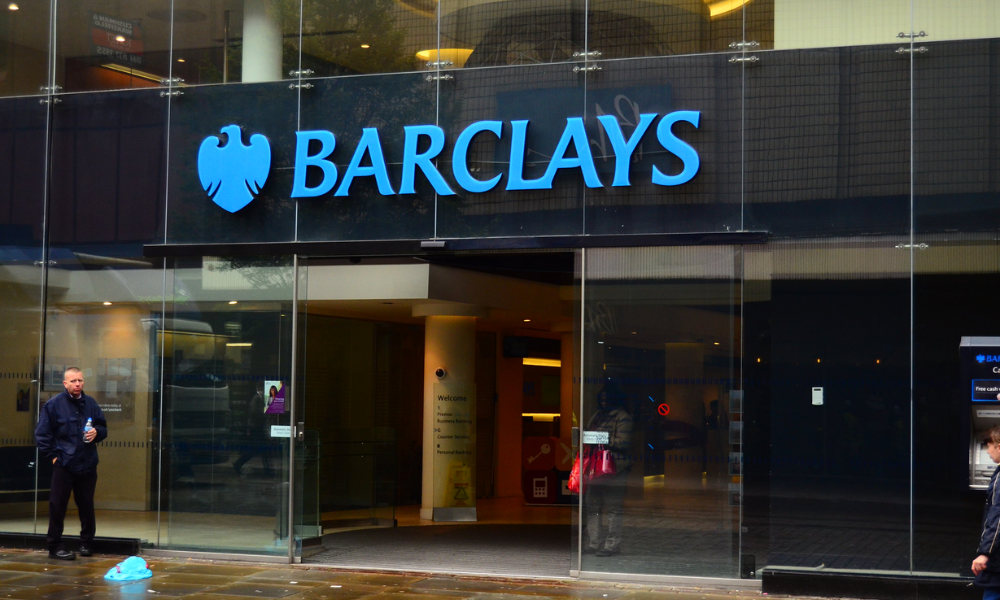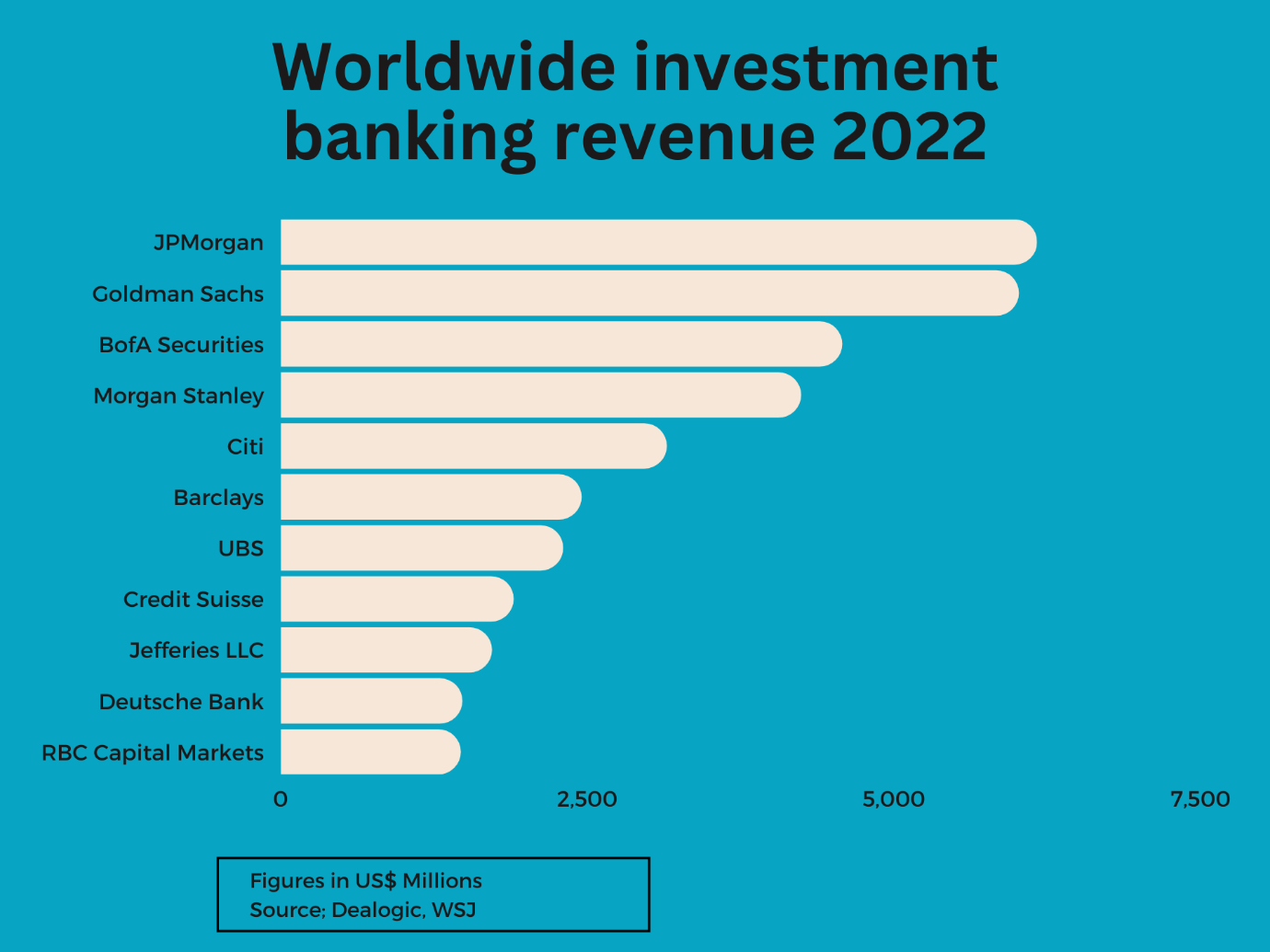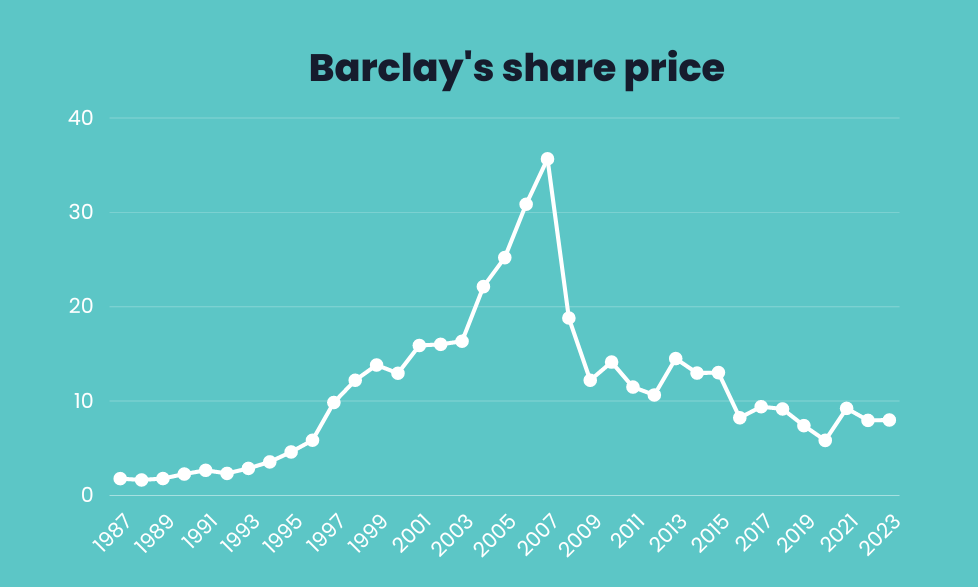Major investment bank struggles as US bankers leave in droves

British bank Barclays really wants a seat at the investment bank top table, and in its bid to break into the global top five, it has been pursuing the US market aggressively. CEO CS Venkatakrishnan's efforts to boost the bank's share price includes convincing investors of the merits of Barclays' investment banking business.
That push into advisory and equities work is, however, facing some strong headwinds. Barclays is currently grappling with a major problem as its investment bank faces a significant exodus. Approximately 30 of its US-based bankers have left to join rival firms this year, severely cramping any form of growth for the unit
According to Financial Times sources, Barclays' human resources department has been trying to stem the flow by cautioning departing bankers against attempting to recruit their former colleagues.
Despite their efforts, Barclays has struggled to stop the departures, with several more managing directors, including Michael Gingue and Sam Jackson (who are moving to Jefferies) and Derek Keller (who is joining UBS), leaving in recent weeks.
These departures add to the already substantial number of exits this year.
A banker who recently left Barclays told the FT, "I've never witnessed such a significant exodus."

The recent turmoil has been blamed by some on the decision made at the beginning of the year to replace John Miller and Jean-Francois Astier as co-heads of the investment bank. The hiring appears to have annoyed several tenured staff such as Marco Valla.
Taylor Wright, formerly co-head of global capital markets at Morgan Stanley, and Cathal Deasy, who joined from Credit Suisse, were appointed as co-heads to lead the business. Miller transitioned to a chair role before departing for Jefferies, while Astier assumed the position of global head of the financial sponsor business.
While both Miller and Astier were based in New York, Barclays has returned to having one of its co-heads, Deasy, situated in Europe.
These appointments have been described as strategic choices to introduce a new generation of leadership with a different focus compared to the bank's past approach.
Traditionally, Barclays' investment bank, particularly in the US, had a stronger emphasis on debt capital markets. However, the bank aims to expand further into equities and advisory work, especially considering factors such as rising interest rates, the growing influence of boutique investment banks and private credit funds, and emerging opportunities in sectors like technology and renewable energy.

In response to the losses, Barclays has recruited around 20 directors and managing directors for its investment bank this year. Notable hires include software banker Douglas Melsheimer from Goldman Sachs and equity markets banker Foruhar Madjlessi from Instone Real Estate Group.
These departures are particularly painful for the bank as they come at a time when hiring across Wall Street has slowed due to a lack of dealmaking, resulting in job cuts at a number of investment banks.
|
Timeline |
|
June |
|
John Plaster heads to Guggenheim Partners, Mark Hudson joins Jefferies Financial Group, Steven Markovich heads to Centreview Partners. |
|
April |
|
Marco Valla, Jeff Hinton and Kurt Anthony all leave to join UBS. |
|
Mid-May |
|
At least 7 bankers leave to Join their colleagues at UBS including Laurence Braham, Richard Hardegree, Richard Casavechia, Ozzie Ramos, Jason Williams, Neil Meyer and Ken Tittle |
In the first quarter of 2023, the United States proved to be a positive area for Barclays, contributing to a 16% increase in pre-tax profits that surpassed analysts' predictions. However, it was the consumer, cards, and payments division, rather than the investment banking sector, that spearheaded this growth. On the other hand, fees generated from corporate merger advice and fundraising experienced a decline of 7%.
Main picture courtesy of www.moneybright.co.uk



